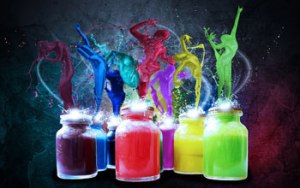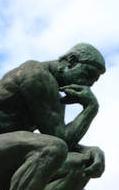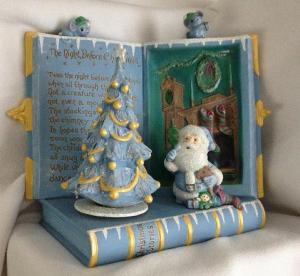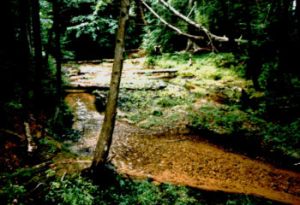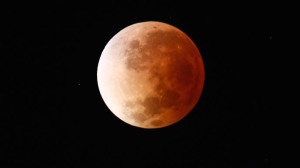I’ve created several creativity programs for writers within the past six months and I’ve noticed something interesting among the participants: they try to jump into the “words on paper” part. Sometimes we need to quiet the mind first to allow ideas to surface.
Why do writers think they aren’t writing if words are not flowing onto the paper? Sometimes we simply need to sit, think about our stories or projects, or even brainstorm with friends. If you’re a writer, it is okay to sit and stare off into the day and consider possibilities for your characters or plot. It’s okay to find the best events in a personal experience you plan to craft. In fact, current neuro-research suggests that quieting the mind is how we allow ideas from our subconscious to surface. (This is why you might get great ideas while you’re doing something monotonous such as washing dishes, gardening, or scrubbing the shower.)
Where does this idea come from that writers shouldn’t think about our stories or craft in our heads before heading to the computer? (Even my college students jump to the drafting stage too quickly.) Pre-writing is important, and while students learning how to write are expected to show their pre-writing in the form of mind maps or outlines, professional writers often do all that planning in their heads. I think this idea that we should not sit quietly may come from a need to be taken seriously as writers. If we look busy and are clicking away on the keys, maybe our families will allow us to make progress on our novel or project. If we look busy, maybe life won’t get in the way. Or, perhaps staring into space and thinking about plot events for a work-in-progress doesn’t feel the same as having something to show for the time and so busy work keeps you from actually writing.
I know that my own life gets busy too quickly and then that frantic pace sets in. Sometimes it’s not even frantic action but simply frantic thoughts. I used to clear my mind every morning by dumping all my thoughts and worries every morning. Then I could focus on my project or making progress on contracted work. Some may recognize this as “morning pages” suggested by Julia Cameron in The Artist’s Way. I followed that advice when I worked full time and tried breaking into print part-time.
Now that I write full time I need to take breaks to recharge during the day. Sometimes I need to quiet my mind and I use painting or music or cooking, or what I call productive procrastination. People may think the character collages I create are simply a way to avoid writing but I’m making progress on a specific book project. In actuality, these “arts and crafts” activities help me clarify details for my story.
While I am actually making these collages, my mind is quieting and I have time to pre-write or plan plot details and so on in my mind. When I return to the keyboard, I’m mentally refreshed. The progress I make doing this is far exceeds the results when I force myself to sit in front of the computer screen until I reach my “word or page quota.” In the end it’s about making progress toward a completed manuscript. Some days our work is easier to show than on other days, than on the “quiet mind” days.
The next time you hit a wall with your writing, try sitting and quieting your mind. Think about options for your narrative, or how you might shape the story. If you can’t shake the feeling that you aren’t writing if you think about your project, consider it “pre-writing.” Since the writing process is recursive, remind yourself that you’re going back to “stage 1” to develop the idea and settle into the plan for the next chapters or scenes. Project do benefit from “quiet mind” days. You’re still working; you’re still writing.

